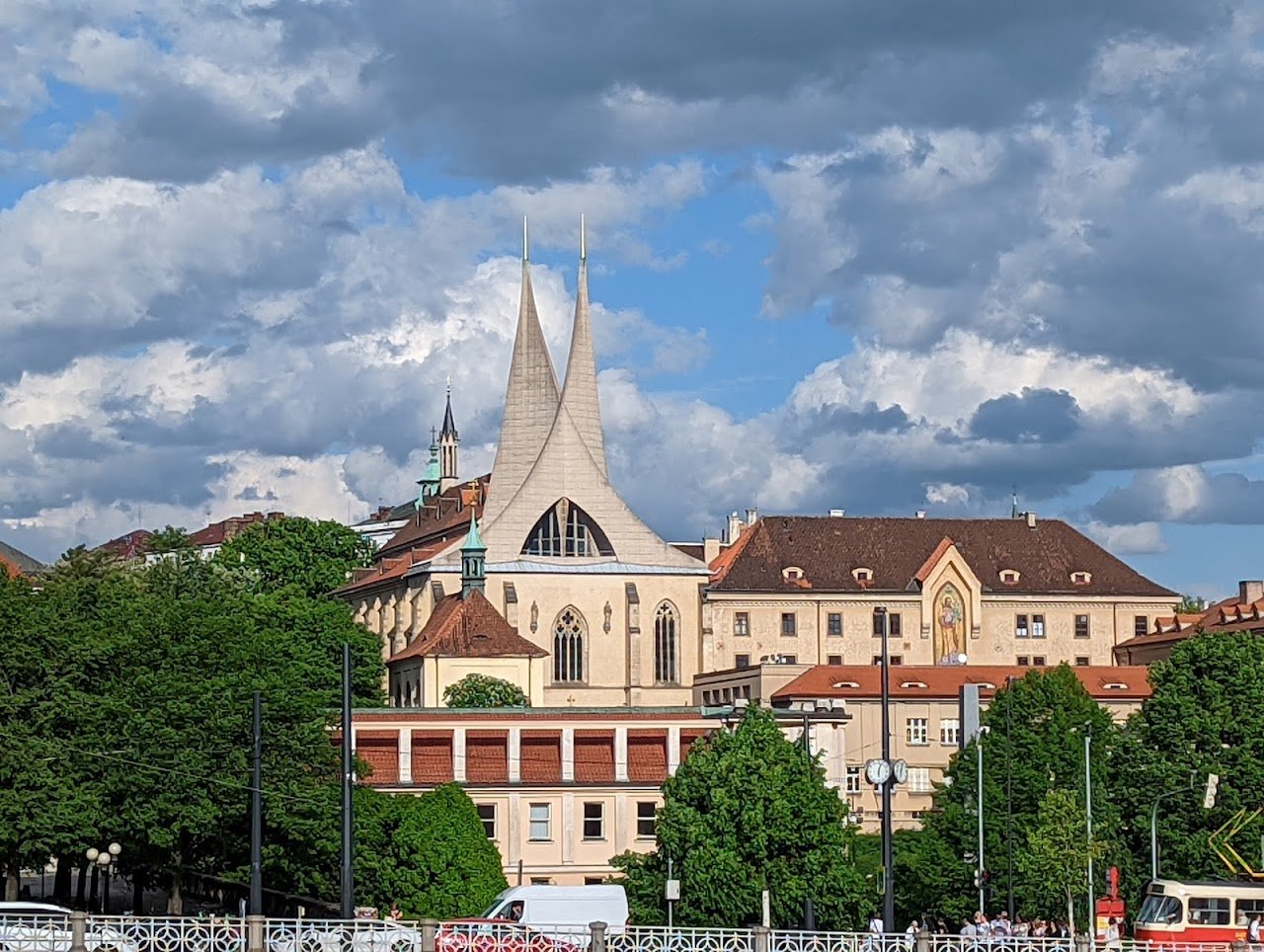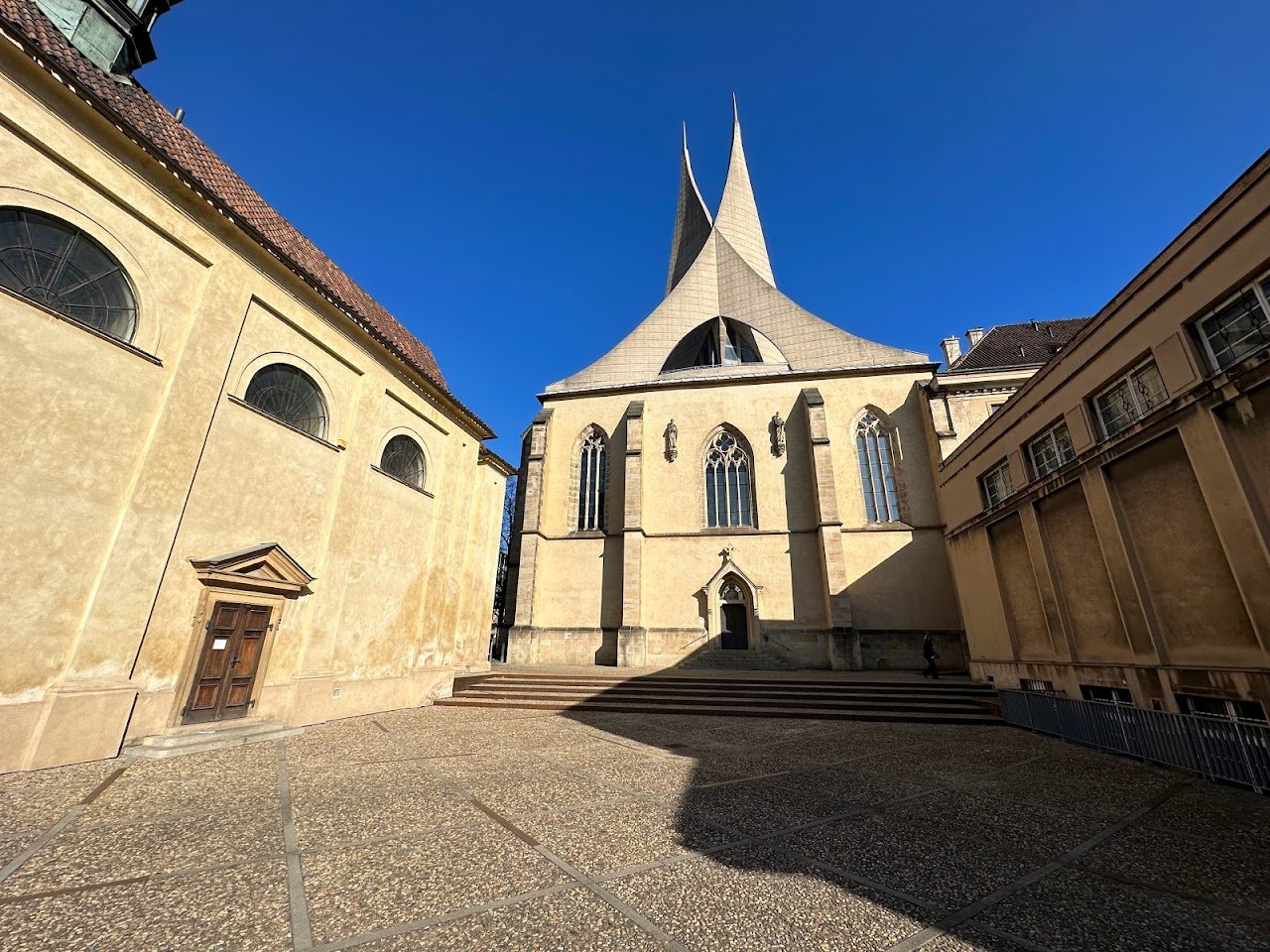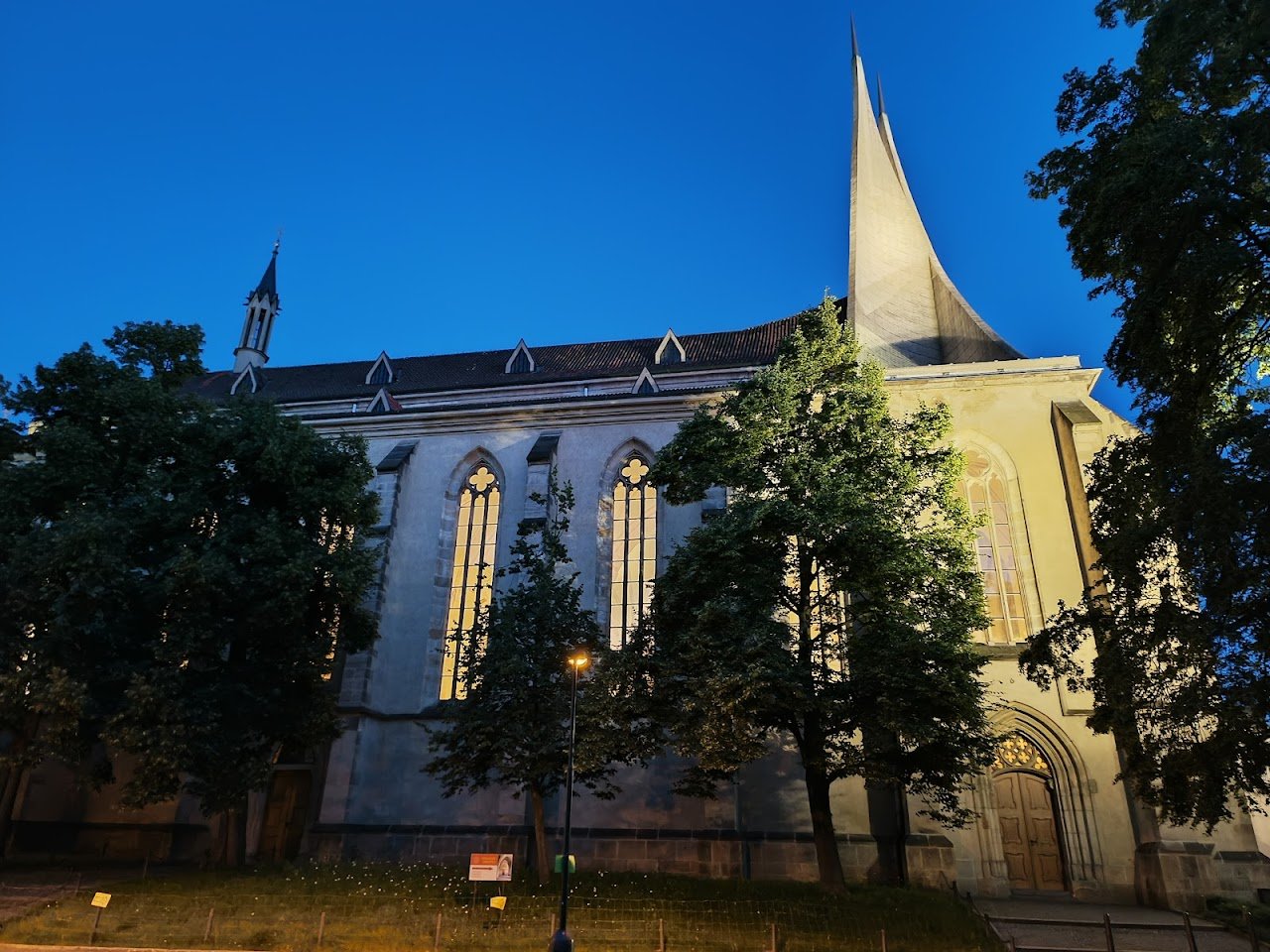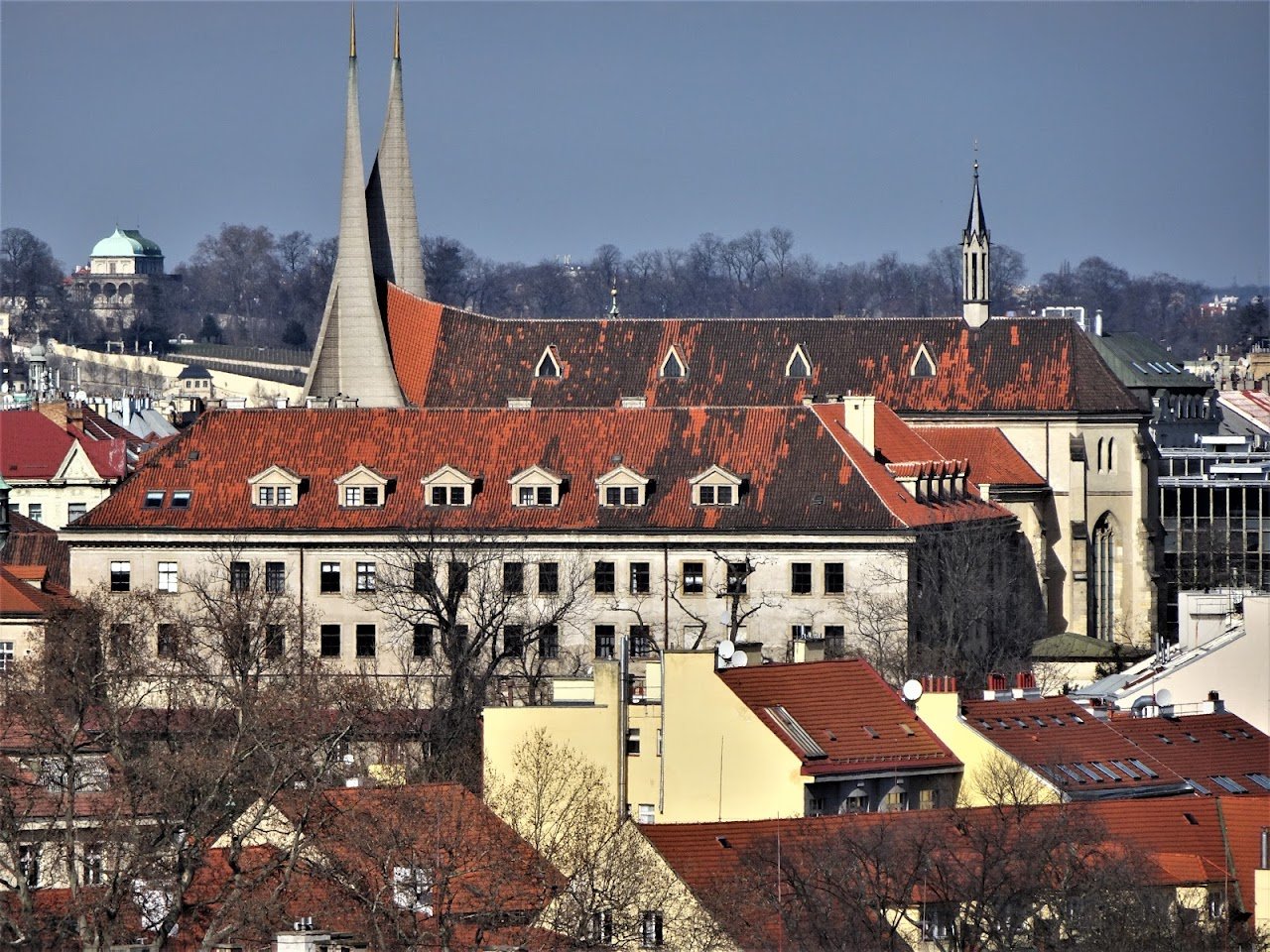Emmaus Monastery




What people say
Pedro Pereira
Available for hire
"The Emmaus Monastery, originally known as the Monastery Na Slovanech, holds a significant place in Czech history and culture. Founded by Charles IV in 1347, the monastery was established with the intention of fostering stronger ties among the Slavic peoples and addressing the schism between the Western and Eastern Christian churches. It was the only Slavonic monastery and non-Latin association within the realms of Charles’s empire, specifically catering to Benedictine monks of the Eastern Rite from Dalmatia and Croatia who utilized Old Church Slavonic in their liturgy.
The monastery quickly became a hub of learning and artistic creation, producing notable figures such as Jan Hus and Jerome of Prague among its students. It was here that the entire St. Jerome’s Vulgate was first translated into Czech, and several illuminated manuscripts were crafted, including the Reims Gospel book, which made a remarkable journey from Constantinople to France as part of the French royal coronation treasure.
Construction of the monastery and its stunning Gothic church commenced near an earlier parish church of Sts. Cosmas and Damian, reportedly built by Saint Wenceslas. The complex was officially consecrated on March 3, 1372, in a ceremony attended by Charles IV and his son, Wenceslaus IV, with the readings during the consecration echoing the theme of Christ's encounter with his disciples in Emmaus, thus giving the monastery its enduring name. The cost of the building was equivalent to that of the Stone Bridge, known today as Charles Bridge.
Although the architect remains unknown, the church features elements reminiscent of the work of Petr Parléř, known for his innovative designs. Construction spanned 24 years, during which the church was adorned with extraordinary wall paintings, particularly in the cloister, showcasing rare paired frescoes depicting scenes from both biblical testaments. These works underwent restoration in the 1950s using a technique called "pekování," ensuring their preservation.
Over the centuries, the monastery weathered numerous historical upheavals. During the Hussite wars, it became a stronghold for Utraquists, thus avoiding destruction. In the 16th century, it was transformed into a pub with entertainment by abbot Matouš Benešovský. Later, the renowned astronomer Johannes Kepler resided there for several years.
After the Battle of White Mountain, the monastery saw significant Baroque renovations by Spanish Benedictines, altering its original Gothic appearance. The church underwent further renovations in the 1880s during the Beuron period, shifting many Baroque features to a more austere Pseudo-Gothic style, reflecting a renewed focus on Gregorian chant and liturgical music.
The Emmaus Monastery suffered severe damage during an American bombing raid in Prague on February 14, 1945. In the aftermath, restoration efforts began, led by the Association for Renewal of the Emmaus Monastery, with Gothic frescoes being restored after 1947. Architect F. M. Černý was awarded a competition in 1964 to design a new roof and towers for the church, resulting in a modern architectural style characterized by a striking asymmetrical laminated structure with gilded spires, showcasing a bold departure from the original design.
Throughout its history, the monastery has been a witness to the evolution of Czech culture and identity, serving as a center for learning, art, and spiritual growth. In 1990, the Italian Norcia friars returned to the monastery, marking a new chapter in its storied legacy. Today, Emmaus Monastery stands as a testament to the rich historical and cultural tapestry of the Czech Republic."
Read more in:
Tom Isbister
Available for hire
"A modern roof sits on this early Medieval monastery which was damaged by Allied bombing in WWII."
Mentioned in these guides
About Emmaus Monastery
Get the inside scoop on Emmaus Monastery from local experts, travel creators, and tastemakers. Browse genuine trip notes, Emmaus Monastery reviews, photos, travel guides, and itineraries from real travelers and plan your trip with confidence.
Phone
Save this spot for later or start mapping out a new trip today
Try our AI Travel Assistant and get instant answers to any questions about your trip.
Ask ThatchGPT

